Date: 20 July 2004
Thanks to major exhibitions, new books and the budget-breaking values of Tiffany, Lalique and other Art Nouveau works, glass made on Murano island off the coast of Venice from the 1960s and earlier is recovering some of its appeal as an aesthetic and financial asset."Prices have settled at reasonable levels. You can get a good signed piece from after World War II for $1,500 to $3,000," said David Rago, president of David Rago Auctions in Lambertville, New Jersey (http://www.ragoarts.com).
That is about half the value during the economic boom times of the early 1990s, when buyers and dealers looking to make a quick buck jacked up the prices of so many collectibles.
The Murano glass treasured by collectors is not the kind most tourists buy in souvenir shops in Italy. Those gaudy, fussy ashtrays and small bowls -- made by the same companies that also produce high-end items -- are readily available on eBay (http://www.ebay.com) in the $10 price range.
"The market's flooded with them. Common pieces have gone down in value," said Leslie Pina, author of "Fratelli Toso: Italian Glass 1854-1980" (Schiffer, http://www.schifferbooks.com).
Serious collectors want special creations, preferably carrying a name as prestigious as Angelo Barovier, Giuseppe Briati, Fratelli Toso, Dino Martens, Perelda Pollio and Paolo Venini. These are most often sculptural vases, bowls, plates and pitchers that range from simple, translucent monochromes to bold colors and patterns, and layers of abstract forms swimming in a glassy fossil.
"It's totally sensual to look at, touch and be around. The craftsmanship, technical virtuosity are mind-boggling," said Pina, who has written more than 40 books on various collectibles. "How did someone do this out of liquid sand? It's alive, vibrant and playful."
Murano works evolved out of the high-sodium content in the raw materials in the region. Because it is slower to solidify, it allowed artisans more time to shape the objects after being liquefied at 1400 degrees Celsius in the furnace.
The slowness with which Murano glass hardened led to techniques such as filigree, or colored glass threads in smooth or spiral shapes; and millefiori (Italian for "thousand flowers"), formed by dipping a glass cane into molten glass to form layers of colors and patterns, resulting in ornate floral or star-like designs.
"The most valuable pieces are exotic animals -- dragons, dolphin, sea animals," said Sheldon Barr, a partner of Gardner & Barr, a New York store that specializes in 19th-century Venetian glass. "Some are incredibly complicated because they had a long time to work on them" before they solidified.
Pieces made to be shown at international glass exhibitions also top the list in terms of value.
Barr, author of "Venetian Glass: Confections in Glass 1855-1914" (Harry N. Abrams), declined to discuss prices.
But Pina said a "good" Venini -- known for pure forms which give the impression of being modern and classical at the same time -- can easily fetch $30,000 to $40,000. A similar price tag would go on a piece by Dino Martens, a painter hired as artistic director of Aureliano Toso glass works in the 1930s. Prior to that time, glass was basically designed by the glass blowers themselves.
An asymmetrical Dino Martens vase, measuring 13 inches by 6-3/4 inches, that was destined for the Salvation Army sold for $10,000 by David Rago in April. The colorful vase consists of multiple patterns including transparent tortoise shell, a black and white starburst and metallic highlights.
At the lower end, Murano glass paperweights, which enjoyed great popularity in the 1950s, usually sell for $100 to $150, and can go up to about $300 for finer or more unusual ones. Most Fratelli Toso paperweights made for export have combinations of complex canes, filigree and other colorful inclusions.
At the Corning Museum of Glass (http://www.cmog.org) in Corning, New York, an exhibition that goes through October 17 brings together for the first time more than 120 glass objects that illustrate the impact of Venetian-style glassmaking across Renaissance Europe.


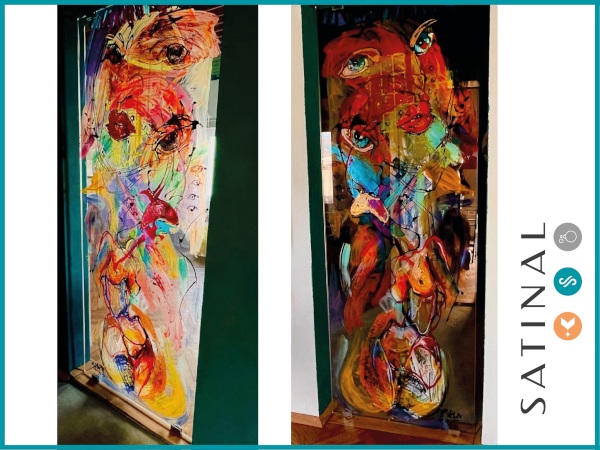
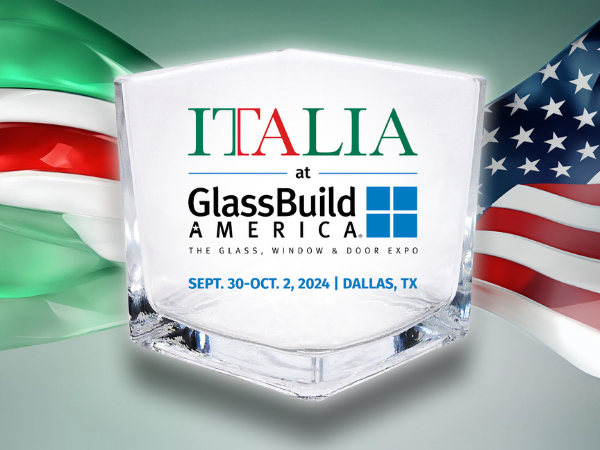

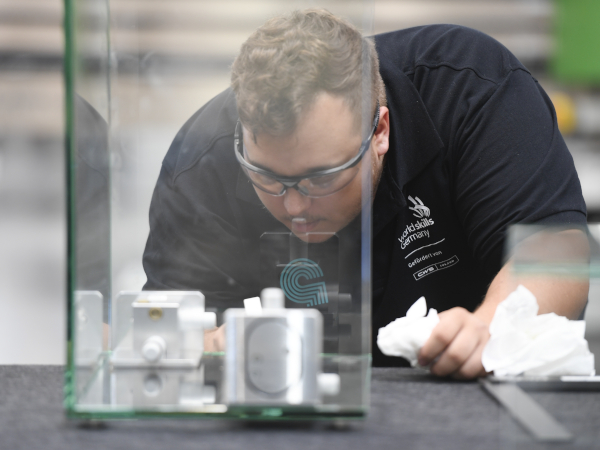






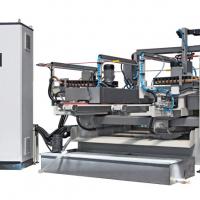



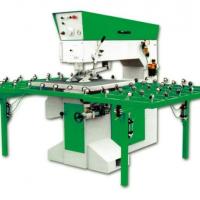
Add new comment